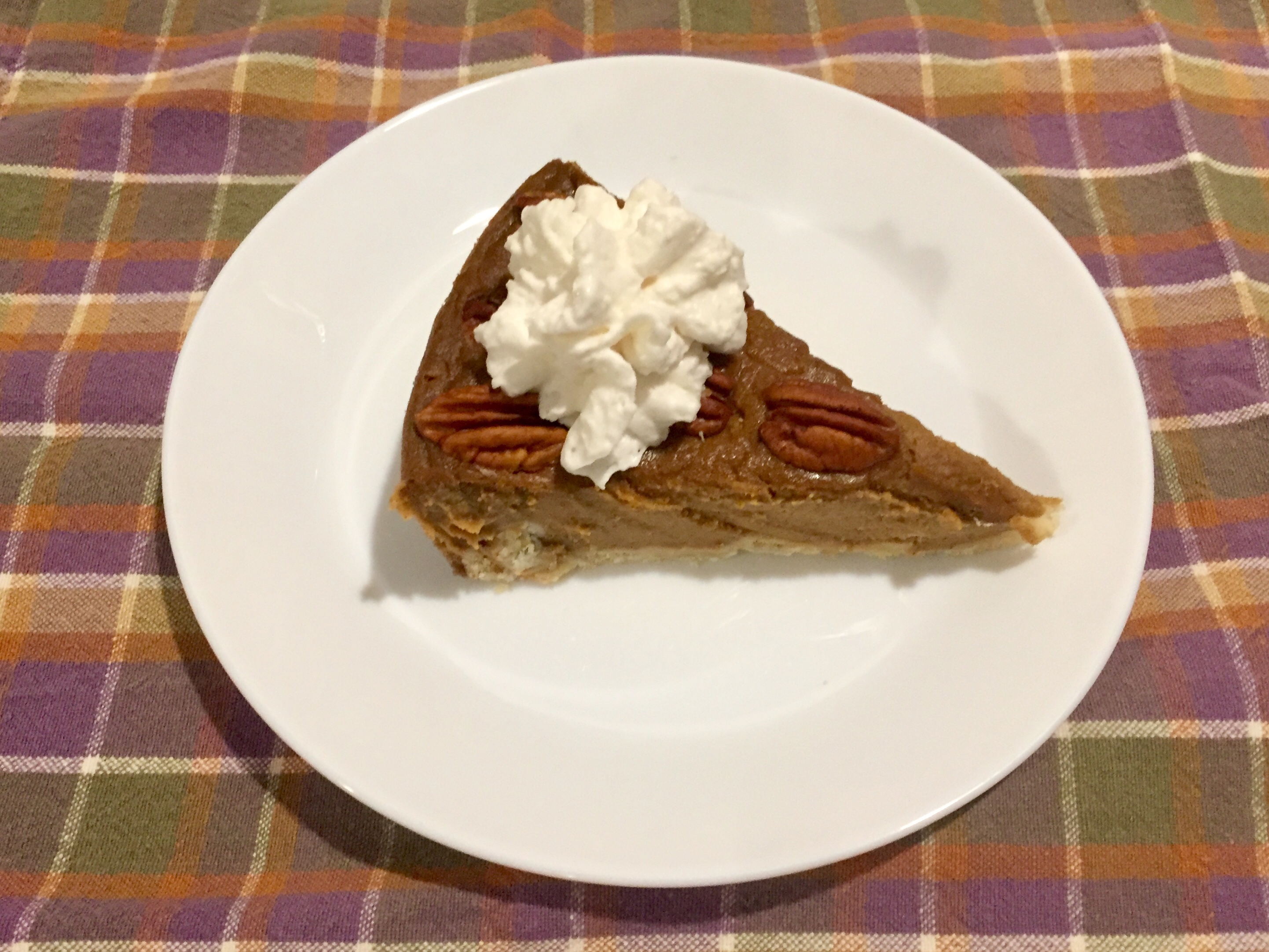I have not been sharing recipes for a while, but this one reminded me of home and comfort food I grew up with, so I thought why not share it with the world! Bourek or Burek or Börek is one of the most favorite breakfast foods (yes, you heard that right – BREAKFAST) on the Balkans, Eastern Europe, Turkey… Burek is a baked pastry made of very thin layers of dough – in the US this type of dough is known as phyllo. A “pie” filling (traditionally meat, cheese, spinach (or other leafy greens like chard), sautéd mushrooms…) is placed in between the dough layers to create a very rich and amazingly delicious pie. It’s actually quite impossible to describe burek – if you have not tried it, you should, and with the recipe below now you can make one at your home!



Mushroom Bourek
What you’ll need:
- 20 sheets of phyllo dough (about 8 oz, 250 g)
- 16 oz (450 g) white mushrooms, diced
- 1 onion, finely diced
- 3-4 cloves garlic, minced
- 1/4 cup nutritional yeast
- 1 tablespoon olive oil
- 1/2 teaspoon dried rosemary
- 1/2 teaspoon crushed red peppers
- 1/4 cup + 1 tablespoon vegetable oil
- 1/4 cup water
- salt and pepper to taste
What you’ll do:
- Prepare the phyllo dough according to the instructions on the package. For most of you who live in the US, this means leaving the dough out to thaw either in the fridge or on the kitchen counter following the directions of the manufacturer. This can take anywhere between 4 hours to overnight.
- Once the dough is ready, preheat the oven to 375 F (190 C).
- Prepare your mushrooms, onion and garlic by: dicing the mushrooms and the onion into small pieces (1/4 inch (0.5 cm) or so), and mincing the garlic.
- Add 1 tablespoon of olive oil into a large frying pan and heat over medium high heat. Add the onions and sauté for 3-5 minutes, until golden.
- Add garlic and sauté for 1-2 minutes.
- Add the mushrooms and cook them through, which will take about 5-8 minutes.
- Stir in nutritional yeast, crushed red pepper flakes, rosemary, salt and pepper and sauté for another 1-2 minutes. Turn the heat off and let the mixture cool.
- Place 1/4 cup vegetable oil and 1/4 water in a bowl. They will not mix, so you will have to “agitate” aka mix the two each time before applying.
- Using a pastry brush, or a spoon, spread 1 tablespoon of vegetable oil around 9 x 13 in (23 x 33 cm) baking dish.
- Once the dish is oiled, start layering your phyllo dough sheets into the dish. The sheets are gentle, so treat them with care. Layer a single sheet to cover the bottom (you will likely need to fold it in half to fit into the dish, and that’s ok), then sprinkle with water/oil mix. To do this, use your pastry brush to mix the water/oil well then “paint” the dough layer all over. The dough should not be soaking wet, but it should be moist. Layer another sheet of dough in the same manner, moist with water/oil mixture, and repeat until you’ve used 5 sheets of dough.
- Once the 4th (or 5th) sheet of dough is in, you are ready to add 1/3 of your mushroom filling. Spread the filling evenly across the phyllo dough. It should cover the layer thinly. Proceed to layer the phyllo dough, 5 sheets wetted with water/oil mix in between each layer. Top with another third of your mushroom mix, topped with another 5 sheets of phyllo dough and repeat one more time. At the end, you should have a pie with 5 sheets of phyllo – 1/3 of mushroom filling – 5 sheets of phyllo – 1/3 of mushroom filling – 5 sheets of phyllo – 1/3 of mushroom filling – 5 sheet of phyllo. Make sure that the top sheet of phyllo is brushed well with the water/oil mix.
- Place the pie into the hot over and bake for 20 minutes then increase the heat to 425 F (220 C) and bake for another 10-15 minutes, until the top layer is crispy and golden brown (see photo). Let cool for 5-minutes before cutting. Enjoy hot for breakfast, lunch, or dinner! I like to add some yogurt on the side – it’s delicious!
Copyright © Eat the Vegan Rainbow, 2021
























































